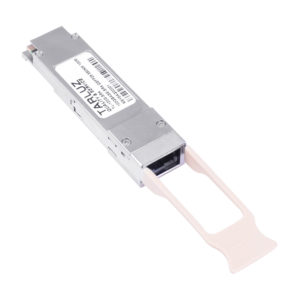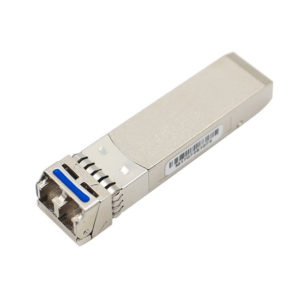The Optical Transceiver is the core device of optical communication. It mainly performs the conversion between the optical signal and the electrical signal. The Optical Transceiver is  composed of electronic devices, functional circuits and optical interfaces, among which the electronic devices are divided into The receiving part and the transmitting part are two parts, and the receiving part realizes the transformation of the optical power conversion, and the transmitting part mainly realizes the conversion of the electric light conversion.
composed of electronic devices, functional circuits and optical interfaces, among which the electronic devices are divided into The receiving part and the transmitting part are two parts, and the receiving part realizes the transformation of the optical power conversion, and the transmitting part mainly realizes the conversion of the electric light conversion.
1. The transmission distance is different
The transmission distance of short-distance Optical Transceivers is generally less than 2km, while the transmission distance of long-distance Optical Transceivers is generally more than 30km.
2. The fiber types of are different
The short-distance Optical Transceiver is generally connected to a multi mode fiber with a fiber diameter of 50/125 um or 62.5/125 um for data transmission, and the long-distance Optical Transceiver is a SM fiber with a fiber diameter of 9/125 um.
3. The wavelengths of are different
Short-range Optical Transceivers typically have a wavelength of 850 nm, while long-haul Optical Transceivers typically have a wavelength of 1550 nm.
4. The scope of application of the two is different
The short-distance Optical Transceiver is suitable for short-distance transmission, such as the server room server, and the long-distance Optical Transceiver is suitable for long-distance transmission, such as metropolitan area network construction.
